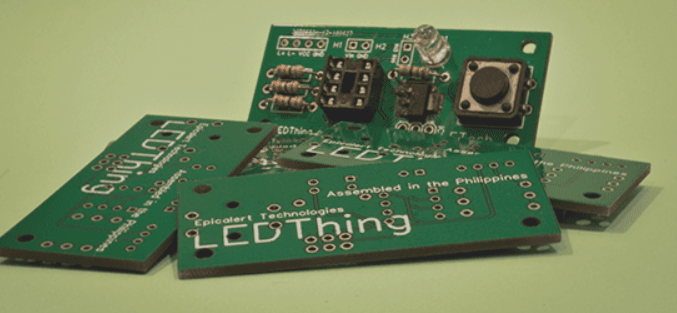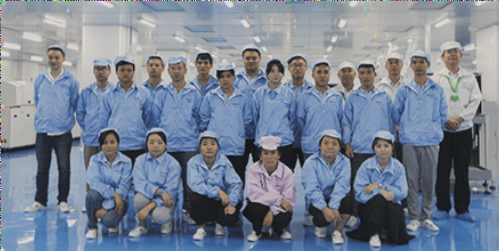PCB Assembly: A Comprehensive Guide to Printed Circuit Board Manufacturing in 2024

Understanding PCB Assembly: The Foundation of Modern Electronics
Printed Circuit Board Assembly (PCBA) represents the backbone of today’s electronics manufacturing industry. As a leading PCB assembly manufacturer in China, we’ve witnessed how this technology has revolutionized global production processes. The evolution from simple circuit boards to complex multi-layer PCBA solutions has enabled smaller, more powerful electronic devices across all industries.
What Is PCB Board Assembly?
PCB assembly involves the precise placement and soldering of electronic components onto a printed circuit board. This step-by-step PCB assembly process requires specialized equipment and expertise to ensure optimal functionality. Key aspects include:
- Component selection for specific applications
- Precision placement of microelectronics
- Quality soldering techniques
- Rigorous testing protocols
PCB Assembly Technologies: Choosing the Right Method
SMT (Surface Mount Technology) Assembly
SMT PCB assembly dominates modern electronics manufacturing, offering:
- Higher component density
- Faster production speeds
- Better performance for high-frequency applications
THT (Through-Hole Technology) Assembly
While considered more traditional, THT PCB assembly remains essential for:
- High-reliability applications
- Components requiring mechanical strength
- Prototyping and low-volume production
Mixed Technology Assembly
Many professional PCB assembly services combine both SMT and THT for optimal results, particularly in complex industrial applications.

Critical Steps in the PCB Assembly Process
1. Solder Paste Application
The foundation of high-quality PCB assembly begins with precise solder paste deposition using:
- Laser-cut stencils
- Automated dispensing systems
- Quality control measures
2. Component Placement
Modern PCB assembly factories in China utilize:
- High-speed pick-and-place machines
- Vision alignment systems
- Automated optical inspection (AOI)
3. Reflow Soldering
The thermal profile is critical for:
- Proper solder joint formation
- Component reliability
- Board integrity
Why Choose Professional PCB Assembly Services?
“Outsourcing to experienced PCB assembly companies reduces costs while improving quality and time-to-market.”
Key Benefits of Professional Assembly
- Access to advanced equipment without capital investment
- Global component sourcing networks
- Quality assurance through rigorous testing
- Cost-effective solutions for all production volumes
PCB Assembly Testing and Validation
Comprehensive testing ensures reliable PCB assembly for export:
Common Testing Methods
- In-circuit testing (ICT)
- Functional testing
- Boundary scan testing
- X-ray inspection for BGA components
Choosing the Right PCB Assembly Partner
When selecting a China-based PCB assembly manufacturer, consider:
- Certifications (ISO, UL, IPC standards)
- Production capacity and capabilities
- Component sourcing networks
- Quality control processes
- Export experience and logistics support
Final Product Assembly Considerations
Beyond basic PCB assembly, professional services should offer:
- Box build assembly
- Software integration
- Packaging and labeling
- Global shipping solutions
By understanding these PCB assembly best practices, businesses can make informed decisions about their electronics manufacturing needs, whether for prototyping or mass production.
